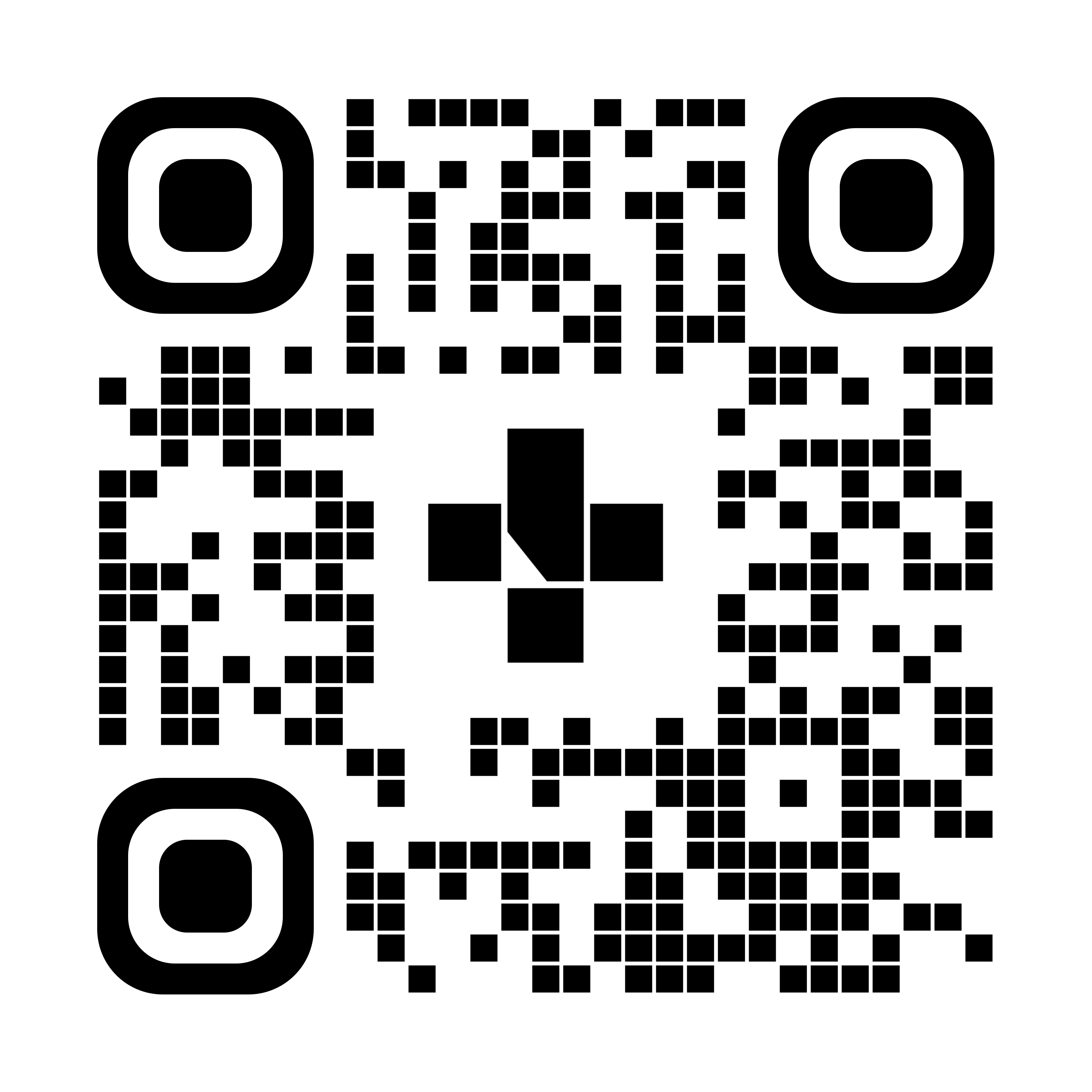Learning about withdrawal (pulling out) to prevent pregnancy
Learning About Withdrawal (Pulling Out) to Prevent Pregnancy
What is withdrawal?
Withdrawal is used during sex to reduce the risk of pregnancy. Withdrawal is when the penis is pulled out of the vagina before ejaculation (cum). A person must not ejaculate near the genitals. Pregnancy can occur if the cum is near the opening of the vagina and sperm gets in.
How well does withdrawal work?
- With typical use (this means not following the exact directions) withdrawal is 78% effective.
- With perfect use (this means you follow the exact directions all the time) withdrawal is 96% effective.
- Don’t use withdrawal if pregnancy would be hard for you or you have a medical condition where pregnancy poses an unacceptable health risk.
- If withdrawal fails (cum near genitals or in the vagina), get emergency contraception as soon as possible to help prevent pregnancy.
- Withdrawal doesn’t protect you from sexually transmitted infections (STIs) and HIV.
- Use a condom every time you have sex (vaginal, oral, or anal) to lower your risk of STIs and HIV.
Who might choose withdrawal as a method of birth control?
You might choose withdrawal as a method of birth control if you:
- don’t have another method of birth control (like condoms or hormonal birth control)
- can’t afford birth control (many sexual health clinics offer some types of birth control for no cost for those who qualify)
- have religious, cultural, or health reasons for not using other birth control methods
- want to improve the effectiveness of other methods of birth control by adding withdrawal
- don’t have sex often
How do I use withdrawal?
- A person must know when they are about to ejaculate.
- When a person is almost ready to ejaculate, they need to pull the penis out of the vagina and away from the genitals.
- After ejaculating, wash your hands before touching your partner’s genitals.
What are the benefits of withdrawal?
- It’s better than using no birth control at all.
- It’s available in any situation.
What are the disadvantages of withdrawal?
- It requires self-control for both partners. It can be very hard to stop and withdraw the penis before ejaculation.
- If a person has trouble with premature ejaculation, it’s not a good idea to use withdrawal as a method of birth control.
- It might decrease pleasure for both partners.
What else is important to know about consent, sexual activity, and birth control?
- You have the right to decide to have sex or not. Talk with your partner or partners about consent.
- There’s an 85% chance of becoming pregnant within one year, if no birth control is used for vaginal sex.
- Use a condom or barrier every time you have sex (oral, vaginal, anal). Condoms help prevent pregnancy, STIs, and HIV.
- You can lower your risk of HIV by taking HIV prevention medicine. Many Albertans can get it for free. Visit HIV PrEP to find out more.
- Transgender and gender diverse people who have a uterus can use hormonal birth control. It can help prevent pregnancy and make periods lighter and less painful.
Where can I find more information?
If you have questions, need to find a sexual health clinic near you, or want more information, call Health Link at 811 anytime, day or night, to talk to a registered nurse.
To see this information online and learn more, visit MyHealth.Alberta.ca/health/aftercareinformation/pages/conditions.aspx?hwid=custom.ab_birth_control_withdrawal_inst.

Related to Sexual and Reproductive Health
For 24/7 nurse advice and general health information call Health Link at 811.
Current as of: May 28, 2024
Author: Sexual and Reproductive Health, Alberta Health Services
This material is not a substitute for the advice of a qualified health professional. This material is intended for general information only and is provided on an "as is", "where is" basis. Although reasonable efforts were made to confirm the accuracy of the information, Alberta Health Services does not make any representation or warranty, express, implied or statutory, as to the accuracy, reliability, completeness, applicability or fitness for a particular purpose of such information. Alberta Health Services expressly disclaims all liability for the use of these materials, and for any claims, actions, demands or suits arising from such use.
